Description
How to Grow Pachyrhizus erosus “Thai Jicama”
- Germination:
- Soaking: Soak the seeds in water for 24 hours before planting. This helps to soften the seed coat and encourages germination.
- Planting: Sow the seeds in a seed-starting mix or light, well-draining soil. Plant them about 1/4 inch deep and cover lightly with soil.
- Temperature: Jicama seeds prefer warm conditions for germination. Keep the soil temperature around 70-80°F (21-27°C).
- Moisture: Keep the soil consistently moist but not waterlogged. Using a spray bottle to mist the soil can prevent overwatering.
- Seedling Care:
- Once the seeds sprout, ensure they receive plenty of sunlight or grow light.
- Transplanting:
- Jicama plants need plenty of space to grow. Transplant them into your garden when they are strong enough and the risk of frost has passed.
- Space the plants about 8-12 inches apart in rows. Jicama does well in full sun and prefers a pH between 6.0 and 7.0.
- Watering and Fertilization:
- Water regularly to keep the soil evenly moist.
- Use a balanced, organic fertilizer every 4-6 weeks to encourage healthy growth.
- Pest and Disease Management: Keep an eye out for pests and diseases. Use organic pesticides and fungicides as needed.
- Supporting the Vines: Jicama is a climbing plant, so provide a trellis or support for the vines to grow on.
- Harvesting:
- Jicama takes about 5-9 months to mature.
- The tubers are ready to harvest when the leaves begin to yellow. Dig them up carefully to avoid damaging the tubers.
- Storage:
- After harvesting, allow the jicama tubers to dry for a few hours in the sun.
- Store them in a cool, dry place.
FAQ for Pachyrhizus erosus “Thai Jicama”:
1. What is the Best Climate for Growing Thai Jicama?
Best Climate: Thai Jicama thrives in warm, tropical to subtropical climates. It requires a long growing season with temperatures ranging from 25°C to 30°C (77°F to 86°F). Frost is a major threat, so ensure temperatures are consistently warm throughout the growing period.
2. How Do I Prepare the Soil for Planting Thai Jicama?
Soil Preparation: This plant prefers well-draining, sandy loam soil with a pH between 6.0 and 7.0. Before planting, incorporate plenty of organic matter into the soil to improve fertility and drainage. Avoid heavy, clay-rich soils as they can lead to root rot.
3. What Are the Sunlight Requirements for Growing Thai Jicama?
Sunlight Requirements: Thai Jicama requires full sun, meaning at least 6-8 hours of direct sunlight per day. This is crucial for the development of its tubers. Inadequate sunlight can lead to poor tuber formation.
4. How Often Should I Water Thai Jicama?
Watering Schedule: Water regularly to keep the soil consistently moist but not waterlogged. Thai Jicama requires a lot of water, especially during tuber formation and growth phases. Reduce watering as the tubers mature to avoid rotting.
5. Does Thai Jicama Need Fertilizer?
Fertilizing: Apply a balanced, slow-release fertilizer at planting time. You can supplement with a low-nitrogen, high-potassium fertilizer during the tuber development stage. Avoid over-fertilizing as it can lead to lush foliage at the expense of tuber growth.
- Balanced Fertilizer: Initially, use a balanced fertilizer with an NPK ratio of 10-10-10 (nitrogen, phosphorus, potassium). This helps the plant establish a healthy root system and foliage. Apply this at planting time by mixing it into the soil.
- Low Nitrogen Content: As the plant begins to develop, switch to a fertilizer that is lower in nitrogen and higher in phosphorus and potassium. Excessive nitrogen can promote too much foliage growth at the expense of root development. An NPK ratio of 5-10-10 or 5-20-20 would be ideal.
- Organic Options: For organic gardening, you can use well-rotted manure or compost. These provide a slow release of nutrients and help improve soil structure. Bone meal and wood ash can also be beneficial, as they provide phosphorus and potassium, respectively.
- Regular Feeding: Jicama plants have a long growing season (5 to 9 months), so they require regular feeding. Apply fertilizer every 4 to 6 weeks throughout the growing season to support their development.
- Soil pH: Jicama prefers slightly acidic to neutral soil pH (around 6.0 to 7.0). If your soil is too alkaline, adding elemental sulfur can help lower the pH, while if it’s too acidic, lime can help raise it.
6. How Do I Manage Pests and Diseases in Thai Jicama?
Pest and Disease Management: Watch out for pests like aphids and beetles. Use organic insecticides if necessary. Diseases such as root rot and powdery mildew can be managed by ensuring good air circulation and soil drainage, and by rotating crops.
7. When and How Do I Harvest Thai Jicama?
Harvesting: Harvest Thai Jicama when the tubers are fully grown but before they become too fibrous, usually about 6-9 months after planting. Dig carefully around the plant to remove the tubers without damaging them.
8. Can I Grow Thai Jicama in Containers?
Container Growing: While Thai Jicama prefers open ground, it can be grown in large containers. Ensure the container is deep enough to accommodate the growth of tubers and has good drainage.
9. How Do I Propagate Thai Jicama?
Propagation: Thai Jicama is typically grown from seeds. Soak the seeds overnight to aid germination and plant them in warm, moist soil. You can also propagate it from cuttings of mature plants.
10. How Do I Store and Use Thai Jicama?
Storing and Using: Store Thai Jicama in a cool, dry place. It can last several weeks if stored properly. Use it fresh in salads, stir-fries, or as a crunchy snack. It’s known for its crisp texture and sweet, nutty flavor.

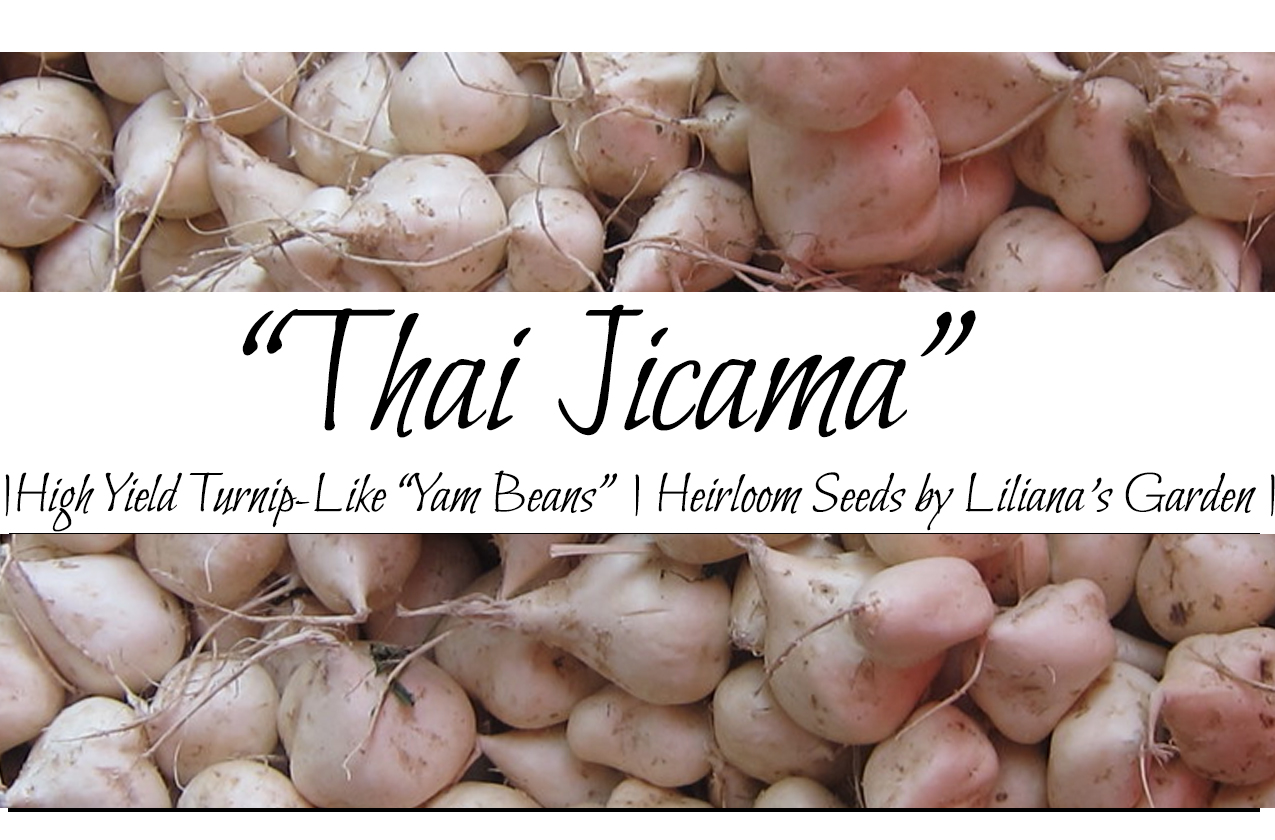
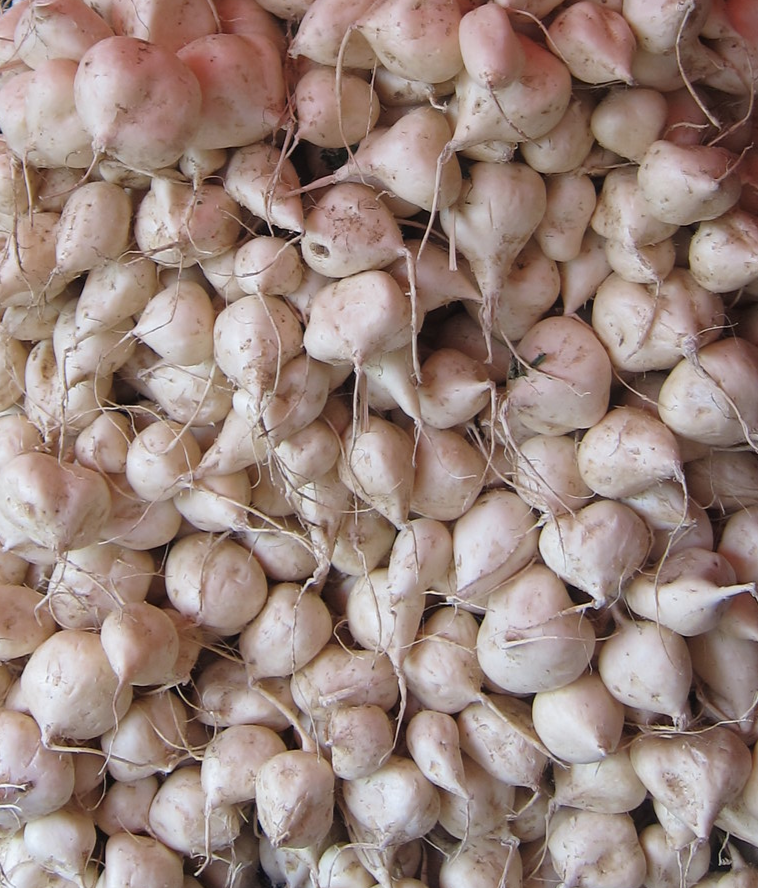
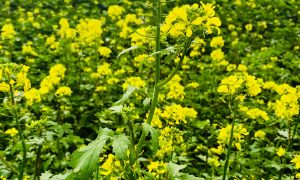
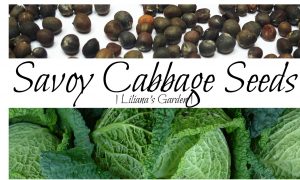
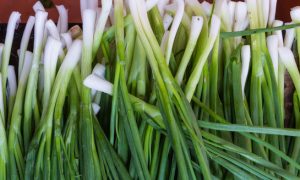
Reviews
There are no reviews yet.